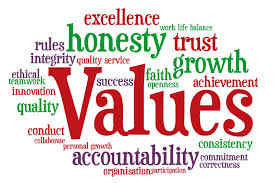Exponential Brainpower: The Power of Great Teams
When speaking to Dr. Janet Williams, Vice President of the School of Health Sciences at William...
Read Moreby Stephanie Duguid | Dec 4, 2023 | Empowerment, VoiceAmerica | 0 |
When speaking to Dr. Janet Williams, Vice President of the School of Health Sciences at William...
Read Moreby VoiceAmerica | Feb 10, 2020 | Business | 0 |
To start or to continue receiving the weekly blogs via email, please sign-up using this link:...
Read Moreby VoiceAmerica | Jul 2, 2015 | Business | 0 |
Cheryl Esposito welcomes Peter Block award winning author, thought leader, and consultant to corporate, government, and community organizations in the realm of empowerment, stewardship, chosen accountability, and the...
Read Moreby VoiceAmerica | Nov 30, 2014 | Business | 0 |
Many companies have a values statement on the wall. But ask employees or even top managers what...
Read Moreby VoiceAmerica | Nov 13, 2014 | Variety | 0 |
Welcome to my ‘Bandwagon’, jump on there is plenty of room! I read the term âPink...
Read Moreby VoiceAmerica | Jan 30, 2014 | Business, VoiceAmerica | 0 |
Heâs been called âthe unsung hero of Albany.â As part of our series on leadership &...
Read Moreby VoiceAmerica | Jan 14, 2014 | Business | 0 |
How often do you connect with your team – chat with them, work alongside them, ask...
Read More





